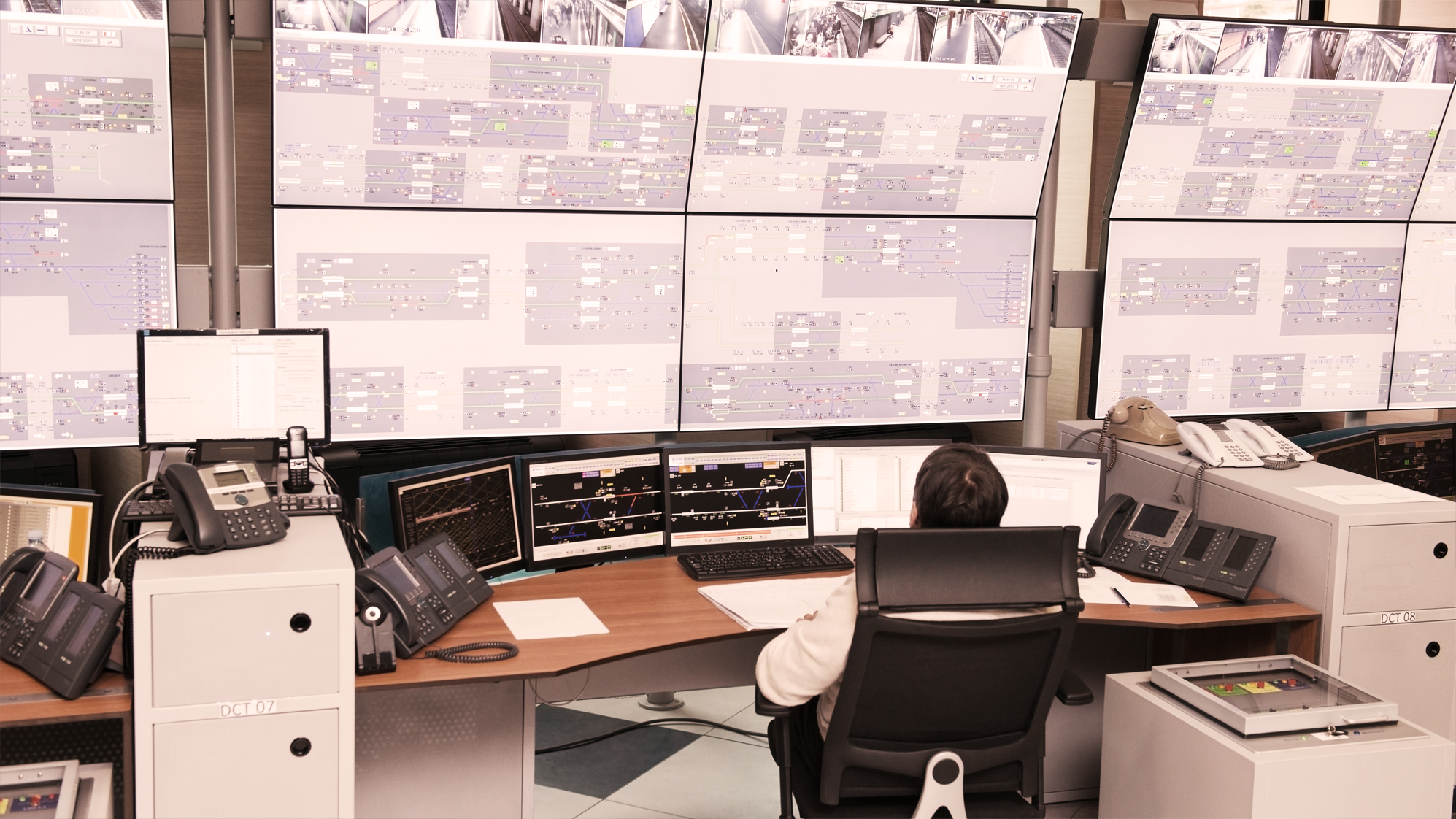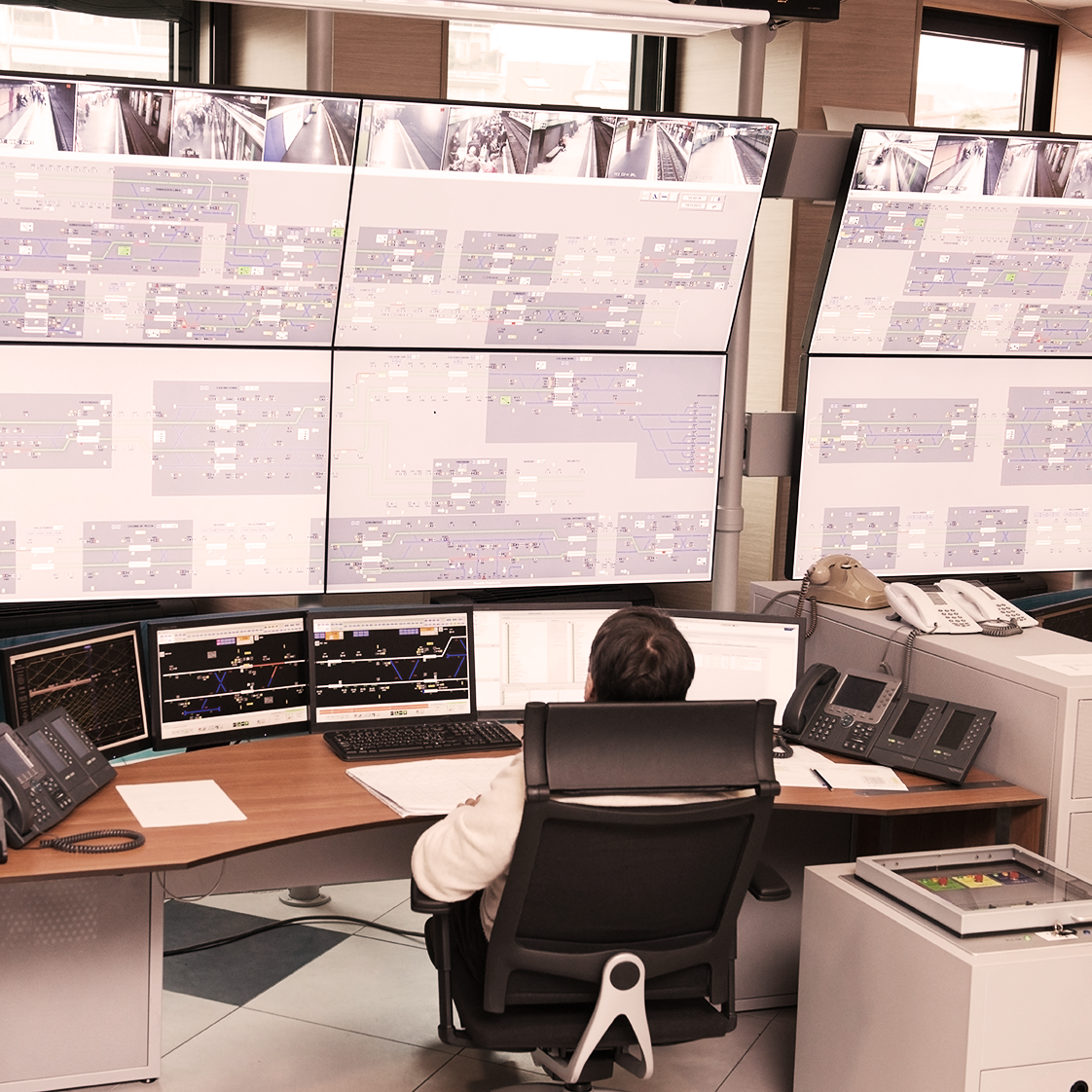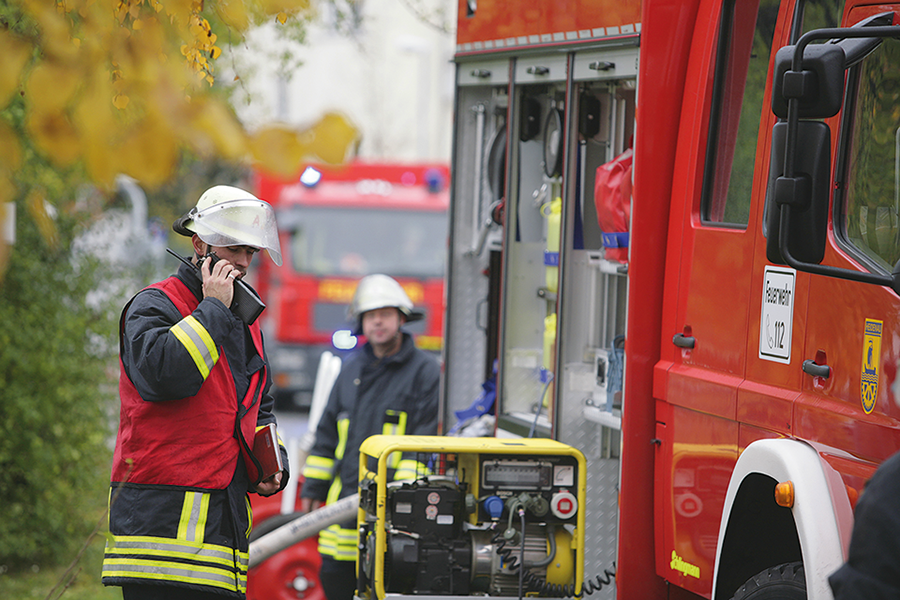Natural catastrophes, industrial accidents, as well as global political threats and their consequences are complex perils that require comprehensive and resilient strategies for catastrophe and crisis management. In crisis situations, the protection of the population as well as the safety of rescue teams, communications systems, and supply infrastructure must all be ensured. Fail-safe information transmission and processing are prerequisites for early warning and coordination of aid teams. Active communications with and via the population must be ensured in crisis situations as well. Making use of increasingly specialized networking offers a big opportunity. It is also necessary to detect perils early in fighting and preventing terrorism and crime. The challenge here consists of developing and implementing secure systems that protect the population from harm on one hand, and on the other preserve individual rights and privacy.
Public safety and security
Early detection and warning systems
Early detection and warning systems provide protection of the population and critical infrastructure. Camera-based systems, sensor networks, and Big Data analyses can provide the means for timely identification of potential perils posed by natural catastrophes, disruptive technical factors, or the propagation of epidemics. Early warning systems can then inform the population about the peril and the area affected, and instruct them on how they should conduct themselves.
Catastrophe management requires fast and carefully thought-out actions in a crisis situation. The team leaders make difficult decisions in as little time as possible that can have life and death consequences. Interoperable networked assistance systems and computer-aided scenario analysis support the decision-making process. They focus the continuous ow of information, deliver comprehensible presentations of the complex relationships and facilitate rapid overview of the crisis situation and how to cope with it effectively while conserving resources.
Simulation and modeling of complex operational processes in critical infrastructure like electrical and water supplies is indispensable for protecting these. In this way, failures and environment-dependent or political changes can be analyzed and their consequences identified, as well as various safety and security measures evaluated. However, the development of detailed and integrated safety plans with testing and training areas for operational and rescue forces also contributes to protection of public buildings, companies, as well as scientific and cultural institutions.
Project MOBIKAT
Example project from Fraunhofer IVI, Dresden
The MobiKat system helps to prevent and to cope with large-scale disasters as well as to assist with prevention of ordinary perils. Senior staff, team leaders, and disaster relief teams on site receive a valuable basis for decisions about effective planning and implementation of protection and rescue measures. Guaranteeing mobility for all participants is a priority. This ensures rapid assistance and facilitates considerable reduction of property damage and personal injury.
Scientific publications
| Jahr Year | Titel/Autor:in Title/Author | Publikationstyp Publication Type |
|---|


